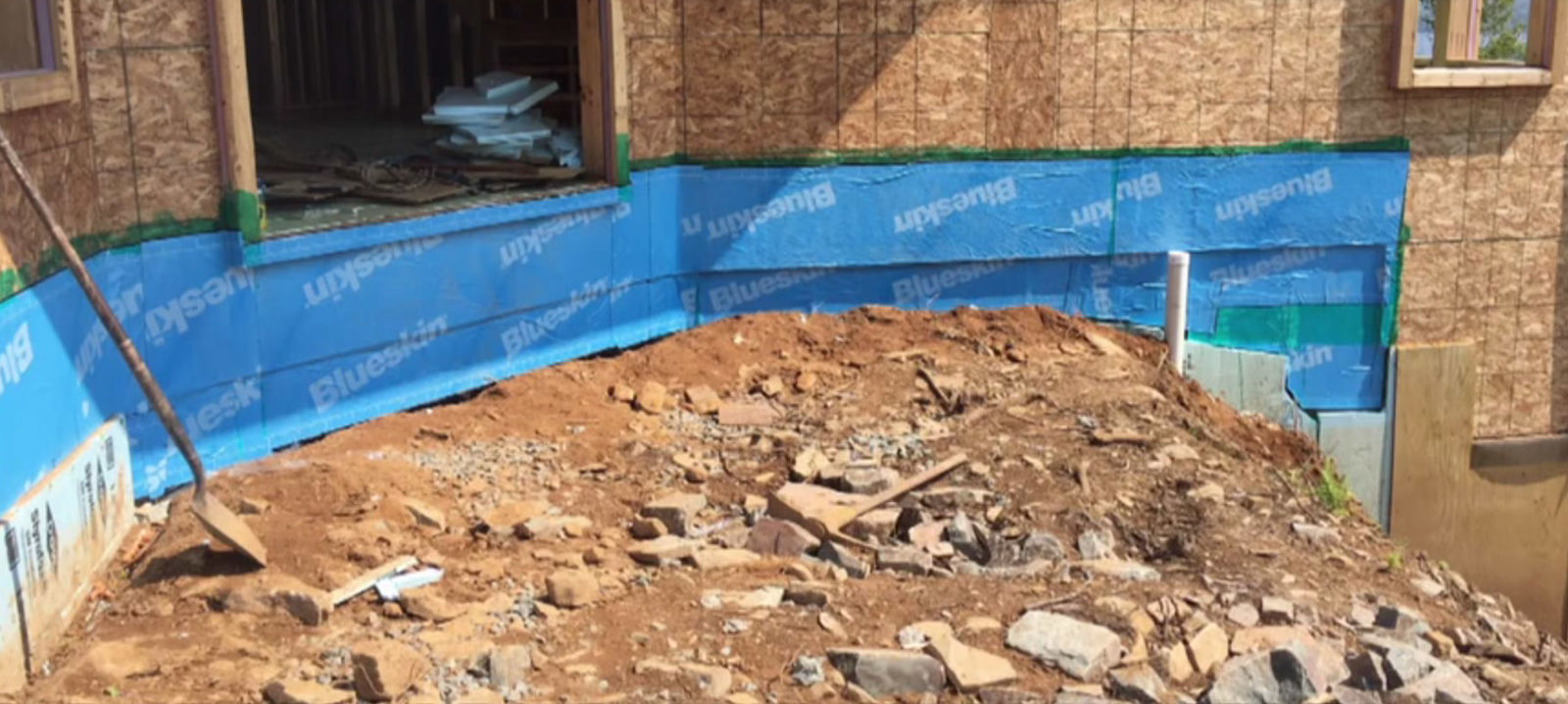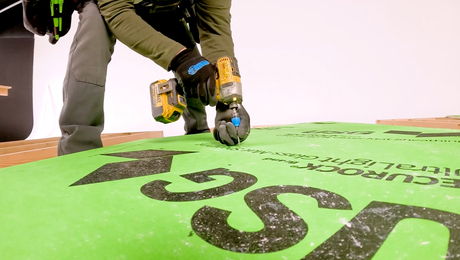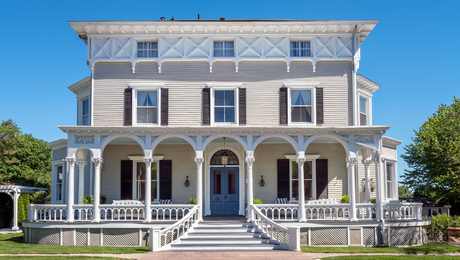Podcast Episode 127 — “A Flipbook of Houses Coming Together”
Building homes in San Francisco; gables, gables, gables; and scribing, scribing, scribing.
Siding, patios, load-bearing walls, and beams are on the menu for this episode of the FHB Podcast, with our regulars Justin Fink, Rob Yagid, and Brian Pontolilo. But first, the guys talk about the state of residential construction in California, and specifically San Francisco. High construction costs and a love of New England architecture mean that Justin likes to visit, but wouldn’t live there! Brian loves those San Francisco Victorians. That leads to a discussion of Shaker styles and Victorian variations. See below for links to some SF row houses.
Brian also talked about a tour he took of production homes in the SF suburbs, where they pack units into development communities — that’s for “affordable” homes, i.e., those that start at about $1.0-1.2 million. Justin compares the production process to “a flipbook of houses coming together.”
Listener Tom asks about replacing window trim and painting his cedar siding. But would pre-painted fiber-cement siding be a better choice? Rob and Brian suggest keeping the cedar siding if it is still in decent shape. Justin thinks that a new paint job is probably the cheapest option. Brian brings up the environmental costs. Consensus: Paint your siding.
Matt, a general contractor, needs advice about installing a walk-out patio (pavers or stone) off a kitchen. How do you build a walkout patio above a basement? And how to do this and still maintain 6 in. of clearance from the ground to the wood framing and siding? Take a look at this photo Matt sent in:

For our last question of the episode, listener Pete asks about taking down a load-bearing wall between his living room and dining room. How about adding a beam? First, make sure this wall is or is not really load bearing. Then, check out the links below for an article and a video on exactly how to do this job. Finally, listen to the guys for skinning advice.
Turns out, Rob is planning a similar job: his new bathroom vanity is between two walls. Talking about scribing issues keeps the guys busy for a while and fills out the rest of today’s podcast.
This episode of the podcast is brought to you by our sponsors, Rockwool, BuildDirect, and Wasco Windows.
Life is loud. From noisy kids to blaring electronics, it’s a big challenge. Cut the noise with Rockwool Safe ‘n’ Sound stone wool insulation. Made from rock, it naturally blocks sound. So no matter what video game the kids are playing, the rest of the family can enjoy a quieter, more comfortable space. To learn more about Rockwool Safe ‘n’ Sound stone wool insulation, visit Rockwool.com.
Looking for quality flooring materials at wholesale prices, but also want to cut out that time consuming “looking” part? Stop driving from store to store searching for a product that might not even be in stock. Let BuildDirect PRO do it for you. For free. As a BuildDirect PRO you’ll be connected with a personal account rep that sources your products to spec, at the lowest tiered price, and manages the logistics and delivery of your order directly to your jobsite. Plus you get added perks like unlimited free samples delivered overnight, and up to $5000 credit on product purchases throughout the year. Join for free at BuildDirect.com/BDPros.
Wasco Windows produces beautiful, multi-functional European-style windows and doors right in their own Milwaukee factory, using the best components from Germany and the United States. These windows and doors offer superior thermal, air infiltration, and structural performance, making them the best choice for passive, net-zero or other high energy performance buildings. Wasco’s European windows are available as single tilt and turn windows as well in a variety of multi-pane designs. Visit www.wascowindows.com and find out why, if you have Wasco windows, you know the Wasco difference!
We hope you will take advantage of a great offer for our podcast listeners: A special 20% off discounted rate to subscribe to the Fine Homebuilding print magazine. That link goes to finehomebuilding.com/podoffer.
The show is driven by our listeners, so please subscribe and rate us on iTunes or Google Play, and if you have any questions you would like us to dig into for a future show, shoot an email our way: fhbpodcast@taunton.com. Also, be sure to follow Justin Fink, Rob Yagid, and Fine Homebuilding on Instagram — and “like” the magazine on Facebook. Note that you can watch the show above, or on YouTube at the Fine Homebuilding YouTube Channel.
The Fine Homebuilding Podcast embodies Fine Homebuilding magazine’s commitment to the preservation of craftsmanship and the advancement of home performance in residential construction. The show is an informal but vigorous conversation about the techniques and principles that allow listeners to master their design and building challenges.
San Francisco row houses — Victorians and others:
- A Victorian Re-imagined
- Best Remodel: Row House Recharged
- Modern Design Complements Victorian Neighborhood in San Francisco
- Tight Lot, Tighter Budget
Links for this episode:
- Marianne Cusato’s To Create a Clean Roofline, Design from the Roof Down.
- Video: How to Install a Load-Bearing Beam.
- Remove One Wall and Join Two Rooms.
- Basic Scribing Techniques.
- Video: Scribing Made Simple.
- A Pair of Built-in Hutches.
- All FHB podcast show notes: FineHomebuilding.com/podcast.
- #KeepCraftAlive tee-shirts support scholarships for building trades students. So go order some shirts at KeepCraftAlive.org.
- The direct link to the online store is here.



























View Comments
I've been reading "This Victorian Life", Brian is right - Victorians are awesome.
Did you know they got special ice for their freezers? It was cheap then too, but our ice today is 'soft' where theirs was 'hard' and would last several times longer.
Really we've been hanging off the coattails of the Victorians since the 1880s . They didn't have Twitter but they did have several mail deliveries per day in the cities and the pneumatic tube mail system could shoot a message over Paris or London or New York in 30 minutes.
You mentioned sanding the printing off OSB - what you might have seen was OSB that had been run through a planer. It's a great look, makes OSB into a luxurious finish.